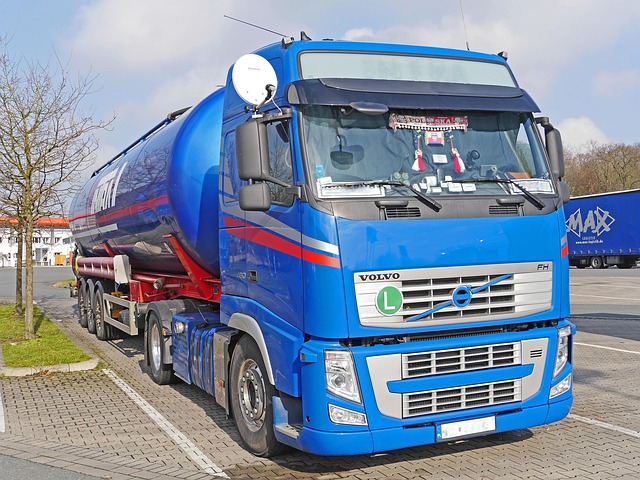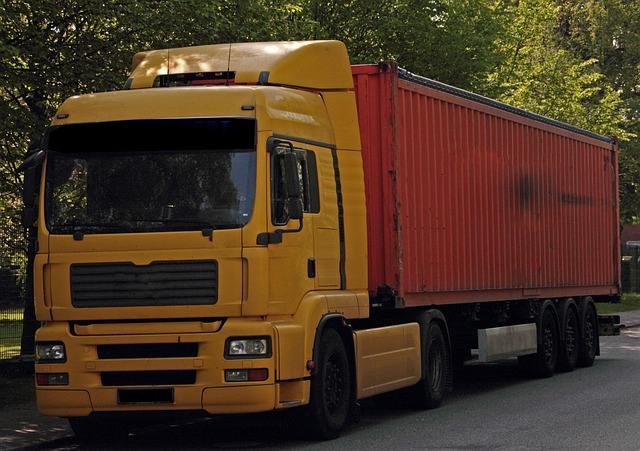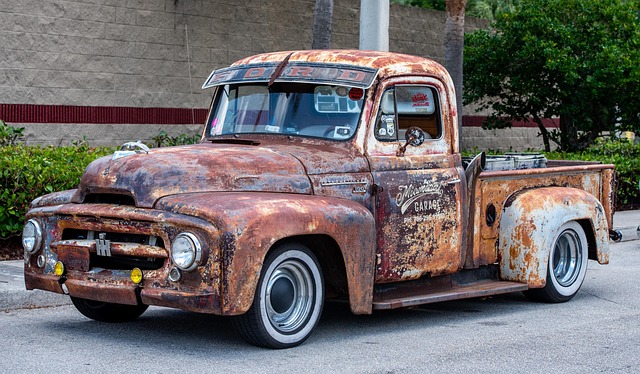Looking to register your car in California? This comprehensive guide will walk you through the process, ensuring a smooth transition. From understanding vital registration requirements to obtaining necessary documents and even using a VIN verifier for accuracy, each step is detailed for a hassle-free experience. By following these instructions, including how to pay registration fees and receive license plates, you’ll be navigating California’s car registration system like a pro in no time.
- Understand California Car Registration Requirements
- Gather Necessary Documents for Vehicle Registration
- Verify Vehicle Identification Number (VIN) Using Online Tools
- Complete the California Car Registration Application Process
- Pay Car Registration Fees and Obtain License Plate
Understand California Car Registration Requirements

Before registering your car in California, it’s crucial to understand the state’s specific requirements. One key aspect is ensuring that your vehicle has a valid and accurate Vehicle Identification Number (VIN) verification. The VIN is a unique code that identifies your car, and it plays a vital role in the registration process. In California, this verification can be completed through various methods, including a mobile VIN inspection or a traditional vin inspection at a designated location.
The state requires all vehicles to have up-to-date registrations for roadworthiness and safety standards. This includes passing emissions tests where applicable and ensuring that your car’s documentation, such as the title and insurance papers, are in order. By adhering to these requirements, you’ll be well on your way to smoothly registering your vehicle with the California Department of Motor Vehicles (DMV).
Gather Necessary Documents for Vehicle Registration

Before you begin the registration process, ensure you have all the essential documents required by the California Department of Motor Vehicles (DMV). The key document is the Vehicle Identification Number (VIN) verifier, which can be obtained through a mobile VIN verifier or by conducting a VIN inspection. This unique 17-character code identifies your vehicle and is crucial for registration.
Other necessary paperwork includes proof of ownership, typically a title document, as well as valid identification such as a driver’s license or state ID card. You may also need additional forms if you’re registering a salvage or out-of-state vehicle. Having these documents ready ensures a smoother registration experience at the DMV.
Verify Vehicle Identification Number (VIN) Using Online Tools

Before proceeding with the registration process, it’s crucial to verify your vehicle’s Vehicle Identification Number (VIN). This unique code provides critical information about your car’s history and specifications. Thankfully, several online VIN verifier tools are readily available to help you complete this step effortlessly. These digital resources offer a quick and convenient way to cross-reference your VIN with extensive databases, ensuring its authenticity and delivering essential details like the vehicle’s make, model, year, and even previous ownership records.
One innovative service gaining traction is the mobile vin inspection option. This service allows you to have a professional conduct a thorough VIN inspection right from your location, using advanced technology to deliver accurate results promptly. Alternatively, you can utilize online platforms that offer a comprehensive vin inspection, providing detailed reports that can be invaluable during the registration process or when selling your vehicle.
Complete the California Car Registration Application Process

To complete the California Car Registration Application process, gather all necessary documents before beginning. This includes your vehicle’s Certificate of Title, a valid driver’s license or identification card, proof of insurance, and payment for registration fees. It’s crucial to ensure your vehicle meets all safety and emissions standards set by the state. Once you have these in order, you can start filling out the application form. A key step is to verify your Vehicle Identification Number (VIN) using a trusted method like a mobile VIN inspection or verifier to ensure accuracy.
The form will ask for detailed information about your vehicle, including its make, model, year, and color. Double-check all details before submitting. After completing the application, you’ll need to visit a California Department of Motor Vehicles (DMV) office or use their online services to finalize registration, depending on your preference and eligibility. Always consult the DMV’s official website for the most up-to-date information on requirements and procedures, including options for mobile VIN verification.
Pay Car Registration Fees and Obtain License Plate

After completing your car’s purchase, it’s time to register your vehicle with the California Department of Motor Vehicles (DMV). To do this, you’ll need to pay the required registration fees. These fees vary based on several factors such as the type and age of your vehicle. You can typically make these payments online or in-person at a DMV field office. Once your payment is processed, the DMV will issue you a registration certificate and license plates.
Before receiving your plates, you’ll need to undergo a Vehicle Identification Number (VIN) inspection using a mobile VIN verifier or bring your vehicle to an approved inspection station. This step ensures that your car meets all safety standards before it’s allowed on California roads. The inspector will verify the accuracy of your vehicle’s information and issue a report, which is then submitted to the DMV to complete your registration process.
Registering a car in California is a straightforward process once you understand the requirements and have the necessary documents. Using online tools like a VIN verifier, ensure your vehicle’s identification number (VIN) is accurate before applying. Gather all needed paperwork, complete the registration application, pay the fees, and obtain your new license plates. This simple guide helps navigate the process efficiently, ensuring your California car registration goes smoothly.



